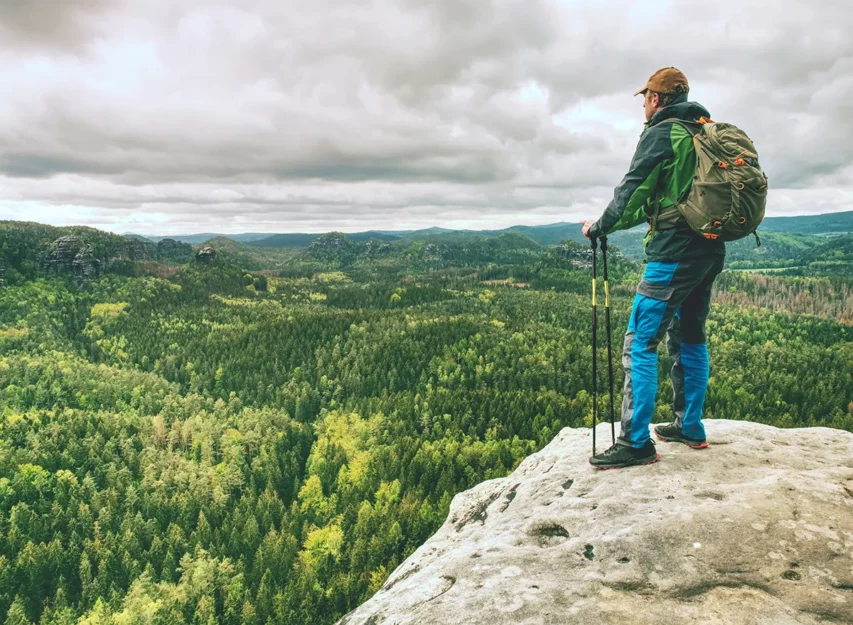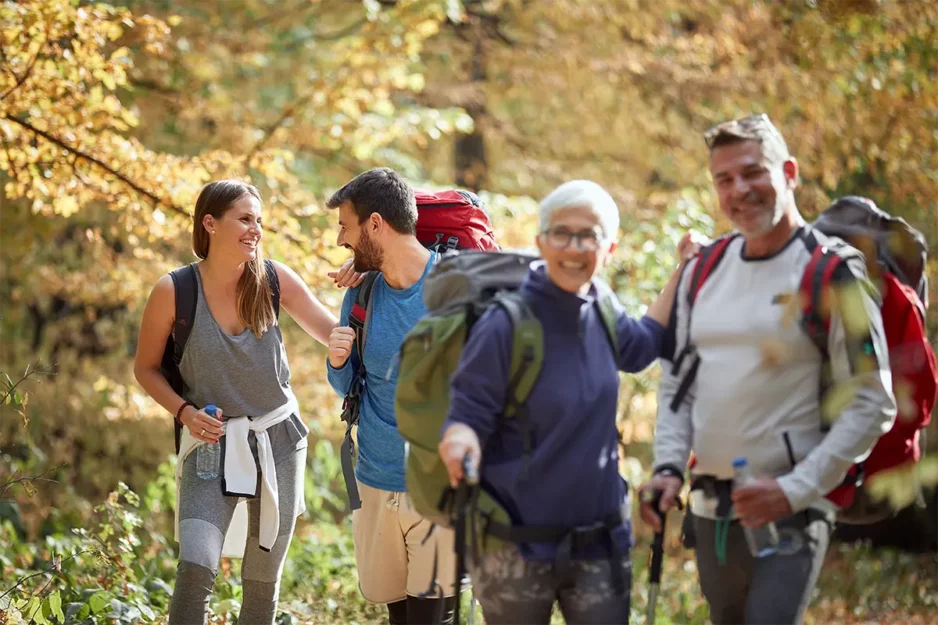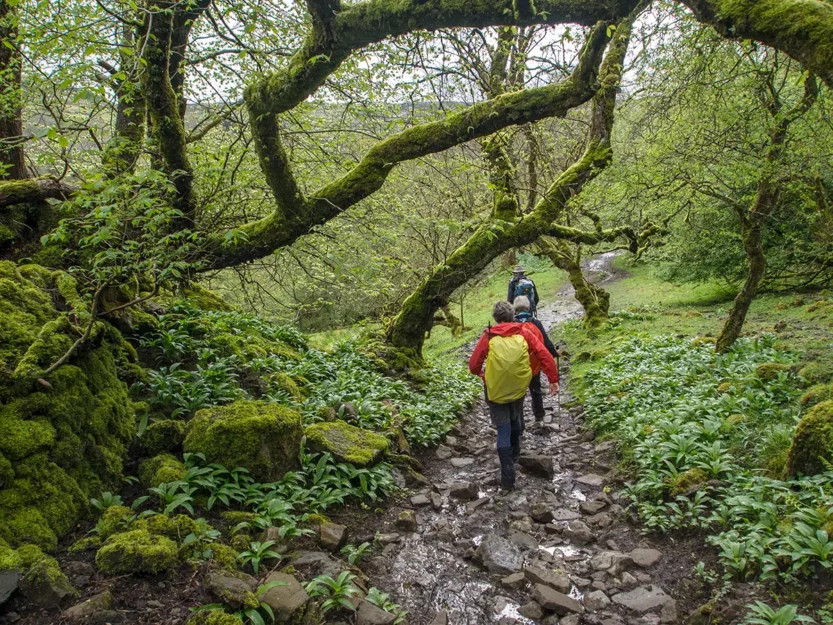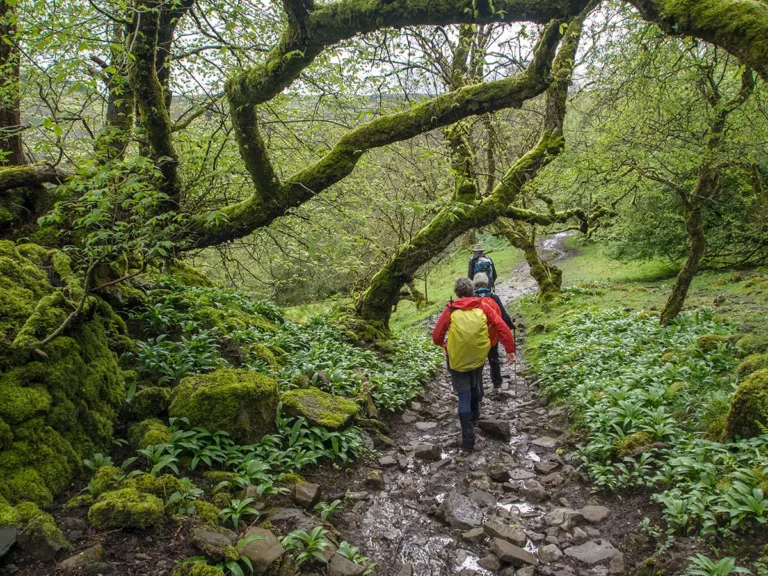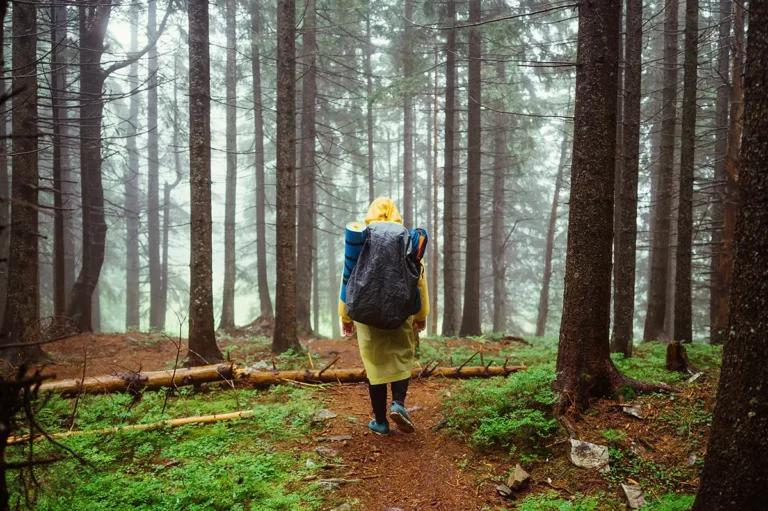Hikers toenail is a right of passage. My first bruised toenail was a leisurely hike in Mount Charleston. Like most in this scenario, I underestimated the terrain and wore casual shoes.
What’s the cause of bruised toenails from hiking? Poorly fitting boots, improper shoes for a hike, and uncut toenails are common causes of hiker’s toenail.
A subungual hematoma occurs from injuries to blood vessels in the toe, causing the blood vessels under the nail to break and bleed. Bruised toenails after hiking are due to trauma from excessive pressure on the toes.
This article provides the information you need to assess the severity, prevent future bruised toenails from hiking, and tips for healing your toe quicker.
Understanding Hikers toenail
Bruised toenails are common injuries suffered by hikers, soccer players, runners, and, apparently, outdoor music festival attendees — yes, that recently happened to my wife.
Bruised toenails are painful but typically more of a cosmetic issue once the pain subsides. Depending on the severity of the bruising, the discoloration can take nine months — the time for the nail to regrow — to vanish.
When is hiker’s toenail severe?
Typically, subungual hematoma caused by hiking is mild bruising and not a heavy pooling of blood seen from trauma like slamming a finger in a door or dropping weight on a toe.
Visit a doctor when sharp pain persists for more than a week, you feel an intense pressure build-up under the nail, or the pain becomes unbearable.
Visible signs of severe trauma include:
- A loose nail.
- Extreme swelling and redness.
- Discharge emerging from under the nail.
Consult your doctor if you suffer from any condition that affects healing or your blood circulation, such as diabetes.
Watch for nail discoloration
As your body reabsorbs blood under the toe and the healing begins, you can expect your bruised toe to vary in purple, black, and brown colors. If you notice a change in color to yellow or green, your toe might be infected.
- Green nails are typical of bacteria infections. Chromonychia (green nail syndrome) causes green-black nail discoloration and the nail to separate from the nail bed.
- Yellow nails indicate a fungal infection. Additional symptoms of a fungal infection in nails include thick, fragile, or cracking nails.

Why do hikers get bruised toenails?
Our feet take a beating on hikes, and the toes especially suffer when descending a mountain.
When wearing improper footwear on hikes, you risk jamming, crushing, and folding the toes into the front of the shoes. Wearing hiking boots reduces the risk but isn’t without complications.
A well-fitting, tightly tied boot is essential when hiking. Too much movement or too small of boots risk painful and bruised toes.
Often, backpackers carrying heavy gear don’t anticipate how much the added weight flattens the foot’s arch, pushing the toes closer to the front of the boot.
Sizing boots up a half-size or adding arch support padding can prevent this.
How to prevent hiker’s toenail
Bruised toenails from hiking are not inevitable. Besides buying hiking boots that fit correctly, consider the following:
- Wear thick hiking socks when shoes have movement.
- Avoid thick socks when boots are tight.
- Avoid wearing inappropriate shoes like Converse or Vans.
- Clip long nails before a hike.
- Use trekking poles for trails with significant elevation changes.
- Buy arch-support pads.
- Use hiking boot lacing techniques (surgeon’s knot, window lacing, toe-relief lacing).
Hikers toenail treatment: what can I do today to help?
The American Osteopathic College of Dermatology (AOCD) recommends treating bruised toes with over-the-counter pain medication and the REST treatment method:
- Rest: Immediately stop your activity and continue resting for 48 hours.
- Ice: Apply an ice pack wrapped in cloth for 15 to 20 minutes every two to three hours.
- Compression: Wrap the strained area to prevent swelling, avoiding over-tightening.
- Elevation: Keep the affected area elevated above your heart.
The Feet First Clinic in Toronto suggests soaking your toes in Epson salt and warm water.

Final thoughts
I’m not much of a snowboarder. In fact, I’ve only gone twice in the last ten years. But I own a snowboard jacket, pants, snow gloves, and a face cover, plus I rent boots. And most do the same.
Yet, hiking lacks similar preparation. It’s common to see hikers wearing jeans and tennis shoes on the trail.
When most imagine their next hike, it’s usually just a casual stroll across beautiful scenery. Which it is, but new hikers frequently underestimate how strenuous a hike can be — often leading to pain and injury.
Strenuous hikes demand the proper gear, and you have endless options for easy hikes when first getting started hiking.
Research your trails using websites like Alltrails or, if in a National Park, their respective hiking guide. It’s best to stick with out-and-back trails with minimal elevation change.
And never judge a trail by the distance. A 3-mile round-trip hike on a hard trail can be a difference of several hours.
For now, rest your toes, use the RICE method for the first few days, and be prepared for six to nine months of discoloration. If you notice extreme pressure, odd green or yellow colors, or the pain becomes unbearable, visit your doctor.
Hiking doesn’t have to end with bruised toes, so get back out on the trail better prepared and have a wonderful hike.
Will you be back out on the trail despite bruised toes after hiking? Share this article on social media to save your friends and families from hiker’s toenail.


